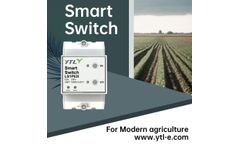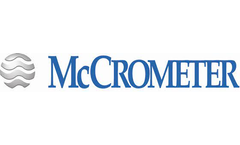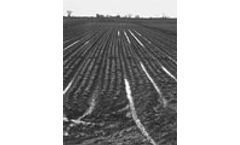Irrigation Scheduling Based On Soil Moisture Articles & Analysis
12 articles found
With the rapid development of technology, smart technology has gradually penetrated into various areas of our lives, and the modern agricultural sector is no exception. As an important part of smart technology, the application of smart switches in modern agriculture is increasingly widespread. So, why does the modern agricultural sector need to use smart switches? 1. Improve agricultural ...
It is typically expressed as a percentage or a volumetric ratio, representing the volume of water per unit volume of soil. Soil moisture levels fluctuate significantly over time and space, influenced by factors such as rainfall, evapotranspiration, irrigation, and soil type.Measuring soil ...
As the demand for freshstrawberries has increased over the years, so have the costs of producing theseberries. Due to this increase in demand and expense, many strawberry growershave begun looking at different strategies for growing strawberries more ...
On-farm weather stations and soil moisture probes take the guesswork out of seeding plans and execution As the 2023 seeding season is fast approaching, why not end the soil moisture guessing game on your farm? Especially when you have technology available to inform weather-related planning and crop management decisions. Precision crop management tools, including on-farm weather stations and soil ...
The need for efficiency is also growing with the increased frequency of extreme weather events (e.g. extreme heat, fluctuating rainfall, bushfires and droughts), which effect vine growth and fruit development. Dynamic irrigation scheduling (based on crop need, soil moisture and weather) optimises ...
As viticulturists and grape growers know, understanding current and future soil moisture content is a prerequisite for taking actions to reduce crop variability, optimise water usage, and tackle irrigation problems. Adequate soil moisture is critical for ensuring fruit quality. Water stress and over-vigorous growing conditions can result in inferior fruit quality and reduce profitability. ...
One of the challenges was that during the course of the demonstration itself, the farmers would begin to schedule irrigation on the control field using techniques and technologies they observed us using on the IWM field, like soil-moisture sensors. ...
The farm owners have continued to add stations and sensors over the years and now have a total of 24 agronomic, irrigation scheduling and water monitoring stations. The initial Briggs and Eggers frost monitoring system was composed of three solar powered MINI-SSR Field Stations (See Figure: 2) and a central base station (See Figure: 3). ...
Agriculture Irrigation of crops represents 90% of the water used worldwide. Monitoring soil moisture in the root zone of crops will optimize irrigation. The benefits of optimizing irrigation scheduling with soil moisture sensors includes increasing crop yields, ...
MULTI-HOP DATA RADIO ALLOWS WIRELESS CONNECTION OF MODBUS NODES IN UP TO 50 LOCATIONS DX80DRradios from Banner Engineering can be linked to transmit data up to 20 km The Multi-Hop Data Radio from Banner Engineering extends the reach of the company’s SureCross wireless systems by repeating transmissions in 3 km ‘hops’ to a multi-hop total of 20 km or more. Multiple units can be ...
This study was performed to investigate the horizontal and vertical distribution of soil moisture and salinity using an alternative trickle irrigation system of drip tape. Four main treatments consisting of 100, 80, 70, and 60% of the plants’ water requirements and three sub-treatments of 2.1, 4.6, and 10.2 dS/m, were conducted. Following irrigation, the soil moisture and salinity ...
The water requirements of crops are dependent on evapotranspiration (ET), soil chemistry, and the crop’s maximum allowable depletion (MAD). Direct measurements of root zone soil moisture, water application along with published ET values and soil textures, can be used in a soil water balance model that can ...










